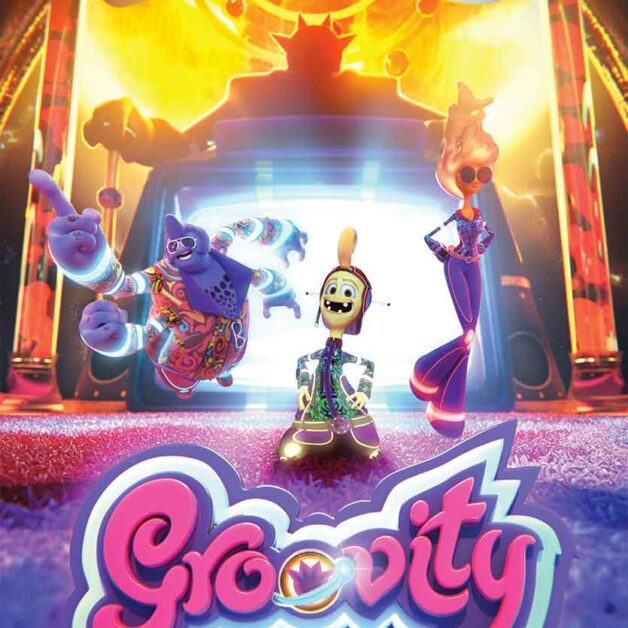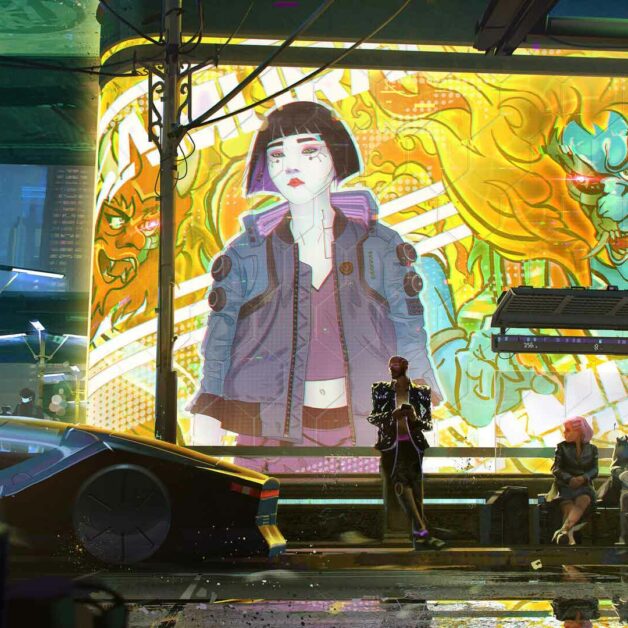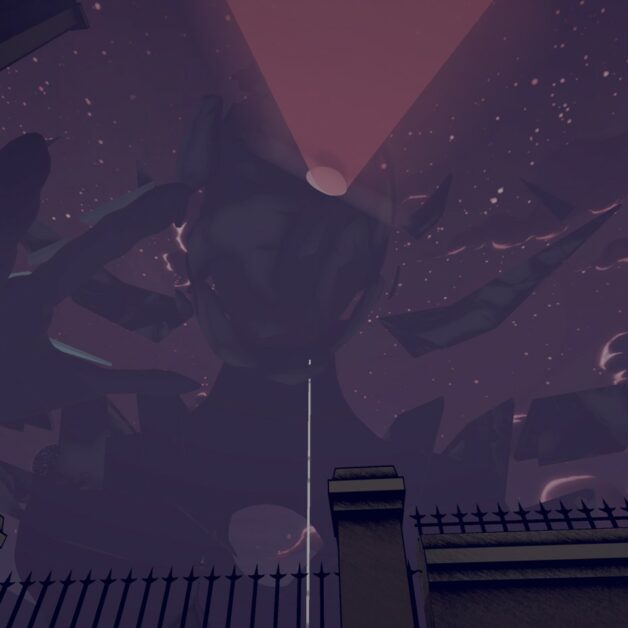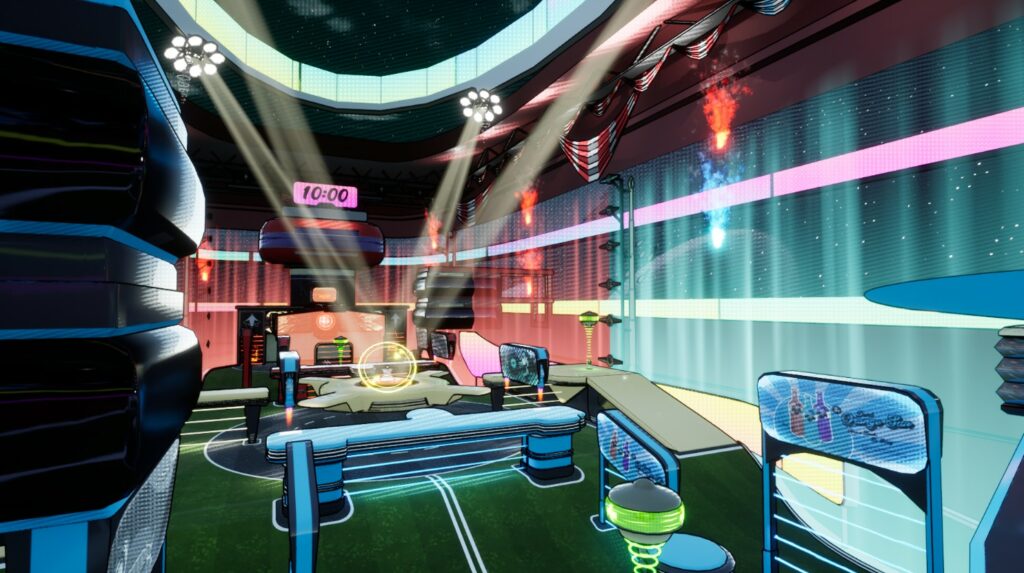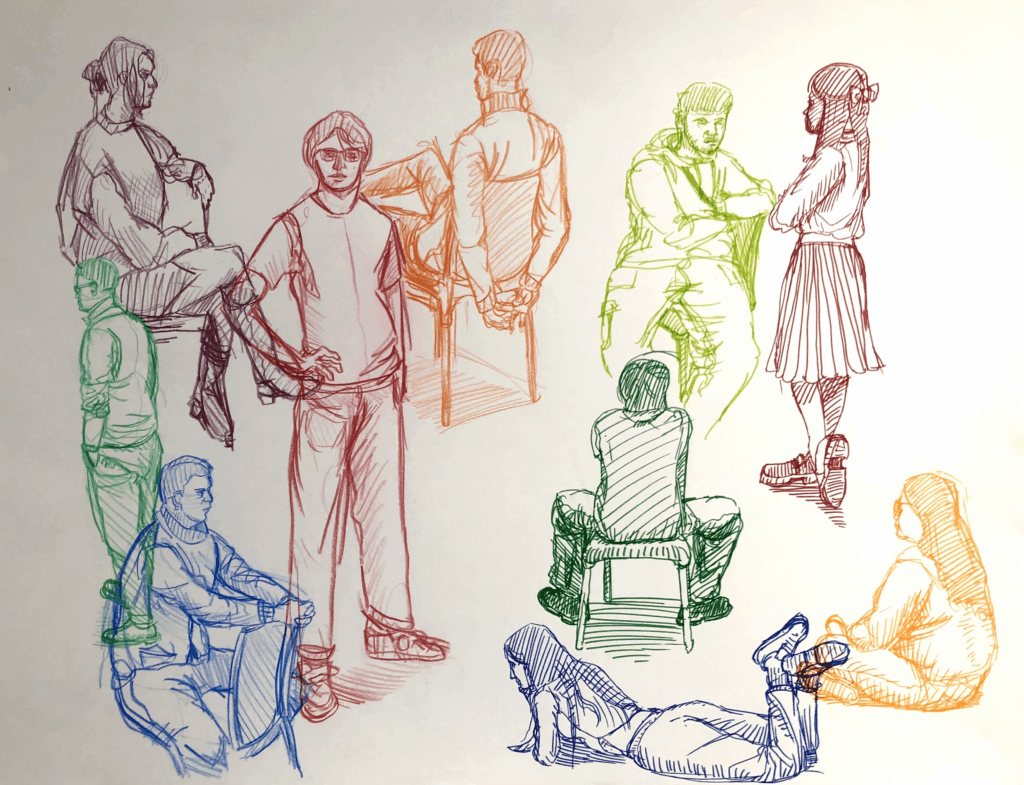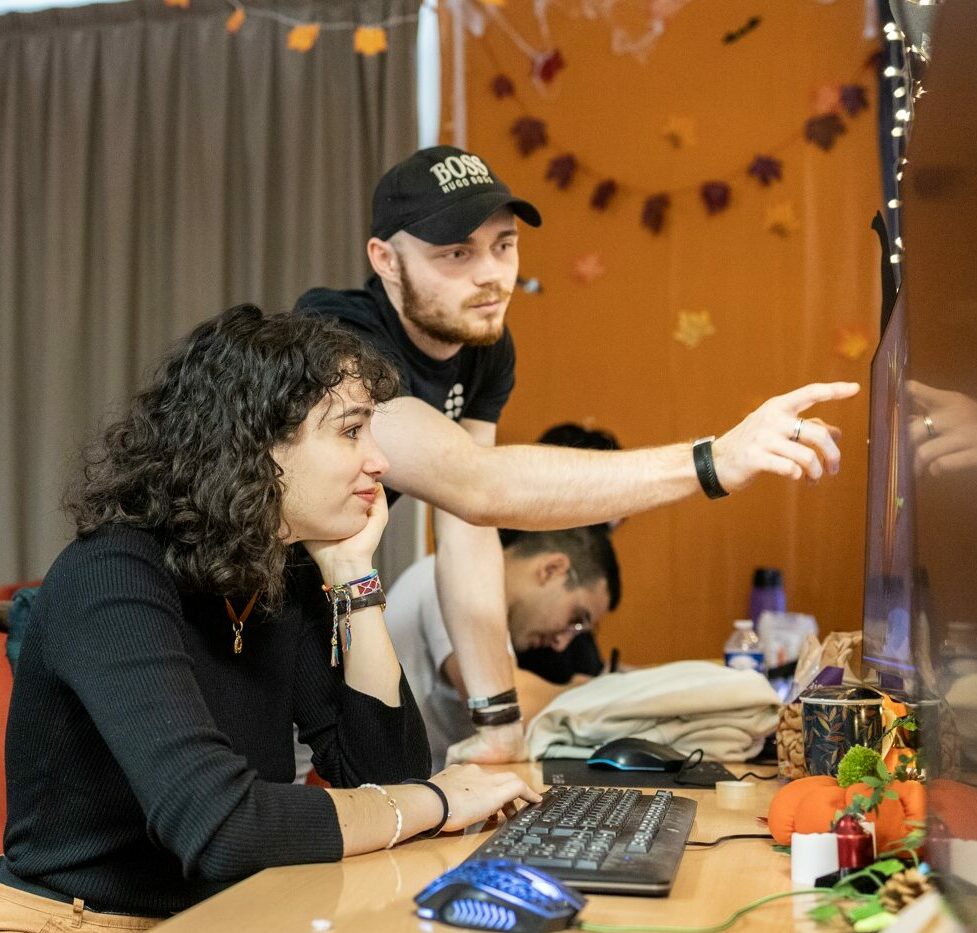ESMA 3D, the website dedicated to
the latest news and emerging talents
in entertainment.
0
Click and drag to explore and discover the projects and news that make ESMA proud.
-

Intergalactic puzzle or heir to an extraterrestrial Indiana Jones, discover Crystal Moon, a puzzle game by ESMA
17/12/2025- Video game
- Weekly behind the scenes
-

Our alumni in the credits: Inès Martin, Lighting Artist at Illogic Studio, is in the credits for the Intermarché 2025 advert, a project in which 18 ESMA alumni took part.
16/12/2025- 3D animation
- Our alumni in the credits
-

Voice of the pros: Pierre de Cabissole, Co-founder of Supamonks studio
12/12/2025- 3D animation
- Pros interviews
-

Behind the scenes of the short film The Alpine Whistle, a tense Alpine thriller co-written by eight ESMA students.
10/12/2025- 3D animation
- Weekly behind the scenes
-

The guide to becoming a vfx supervisor
09/12/2025- 3D animation
- Thematic articles
-

Immersive cultural experiences: balancing historical accuracy and audience emotion
04/12/2025- Business meetings
-

Behind the scenes: Quack’s luminous forest adventure, as told by its production team
03/12/2025- 3D animation
- Weekly behind the scenes
-
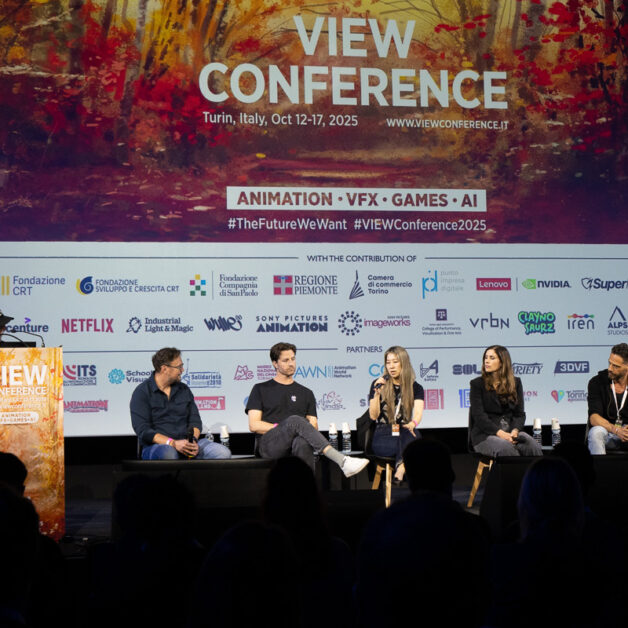
VIEW Conference 2025: behind the scenes of major projects, nostalgia and foresight, a reflection of the creative industry
01/12/2025- 3D animation
- Business meetings
- Video game
-

The voice of the pros: Shelley Page, Head of Talent at Locksmith Animation in London
28/11/2025- 3D animation
- Pros interviews
-

Immersive cultural experiences: new territories for 3D creation and game design
27/11/2025- Business meetings
-

Our alumni in the credits: two ESMA career paths at Disney, between FX and animation, at the heart of Zootopie 2
26/11/2025- 3D animation
- Our alumni in the credits
-

What are the hardest video games in the world?
24/11/2025- Thematic articles
- Video game
-

Our alumni in the credits: Wilfried Lhomme, from ESMA to Wicked: For Good
19/11/2025- 3D animation
- Our alumni in the credits
-
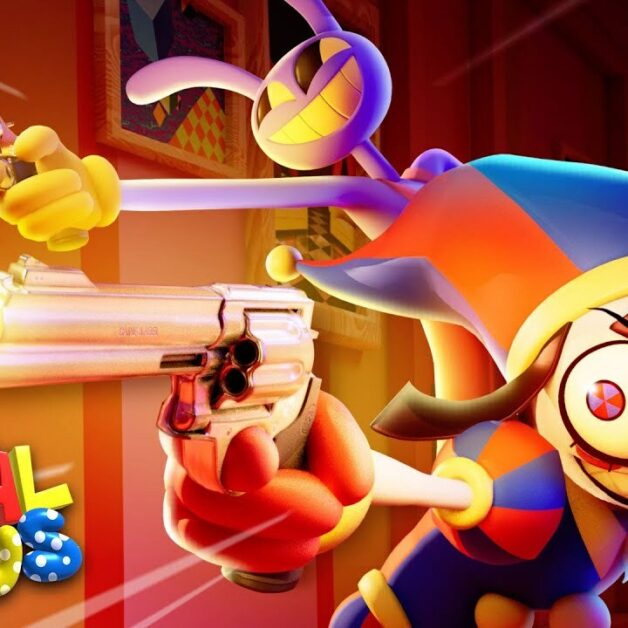
Voice of the pros: Mark Flanagan, Education Manager at CDW Studios and consultant on Animation, Video Games and VFX
14/11/2025- 3D animation
- Pros interviews
-

A platformer with an artistic spirit: discover Chroma, a student video game from ESMA
12/11/2025- Video game
- Weekly behind the scenes
The latest
selections and awards

Spotlight onTheanimated film Trash: on its way to the Oscars!
Promotion 2024









































